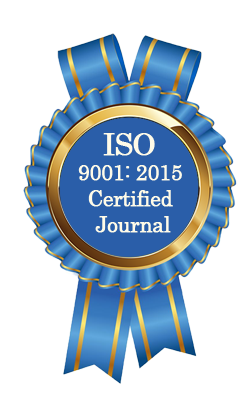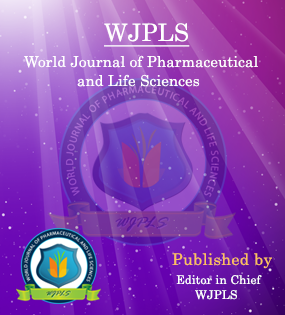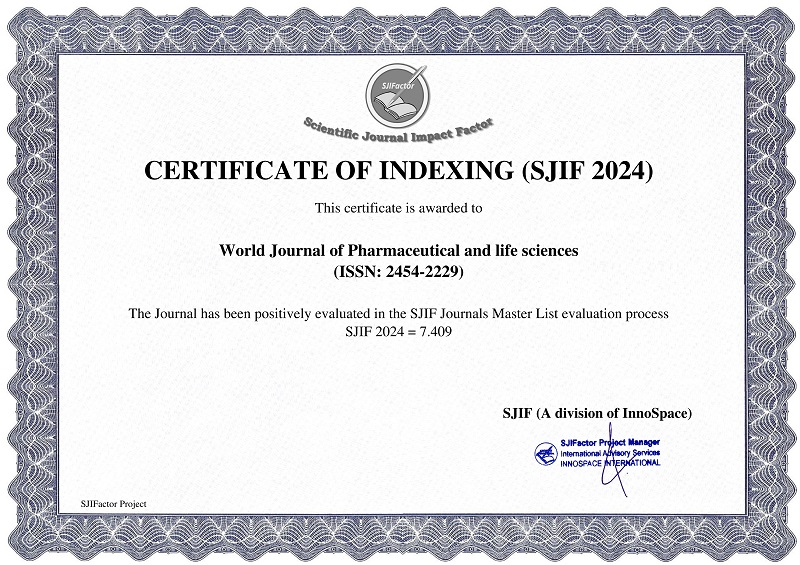Abstract
BLOOD ALCOHOL CONTENT DETECTION BY BREATHALYZER
Ritu Patel*, Astha Sanyal, Hemant Shah, Aarti Patel, Vaibhavi Akhani, Krupa Patel, Prof. Dr. Jayant B. Dave, Prof. Dr. Chhaganbhai N. Patel and Prof. Dr. Dhrubo Jyoti Sen
ABSTRACT
Drivers are initially tested for alcohol impairment at the roadside with a screening device. If this produces a positive test, evidential breath testing is performed at the police station. Motorists can be stopped and required to take a breath test by police at the scene of a road traffic accident, if a police officer suspects a motorist may be driving under the influence of alcohol, or if a motorist commits a moving traffic offence. Screening devices are about the size of old fashioned mobile phones. The driver blows into a disposable mouthpiece for each test. The whole process takes about a minute for the device to record the result. Screening devices offer four result categories: zero (0.001–0.029%/volume, 0.030–0.059%/volume), pass (0.060–0.099%/volume, 0.100–0.199%/volume), warn (0.200–0.299%/volume, 0.300–0.399%/volume) and fail (0.400–0.500%/volume, >0.50%/volume). Anyone who fails the test is arrested and is required to perform an evidential breath test at a police station. The maximum permissible limit of alcohol in 100ml blood is 0.035%. The blood alcohol content (BAC) legal limit is 0.03% or 30?L alcohol in 100ml blood. Breathalyzers detect alcohol in blood through alcohol detection tests. The legal reading in 30 and above for drunk driving. This means per deciliter of blood, 30?L and above.
[Full Text Article] [Download Certificate]WJPLS CITATION 
| All | Since 2020 | |
| Citation | 590 | 424 |
| h-index | 12 | 10 |
| i10-index | 17 | 14 |
INDEXING
NEWS & UPDATION
BEST ARTICLE AWARDS
World Journal of Pharmaceutical and life sciences is giving Best Article Award in every Issue for Best Article and Issue Certificate of Appreciation to the Authors to promote research activity of scholar.
Best Article of current issue
Download Article : Click here





